Myths about teaching can hold you back


- Year 9
Calculating theoretical probabilities from a table (one event)
I can find theoretical probabilities from a table showing the possible outcomes for one event.


- Year 9
Calculating theoretical probabilities from a table (one event)
I can find theoretical probabilities from a table showing the possible outcomes for one event.
These resources were made for remote use during the pandemic, not classroom teaching.
Switch to our new teaching resources now - designed by teachers and leading subject experts, and tested in classrooms.
Lesson details
Key learning points
- The probability of an outcome can be found by considering a table showing all possible outcomes.
- The probability of a set of outcomes can be found by considering a table showing all possible outcomes.
- A table of all possible outcomes can help us find a probability, even when the outcomes are not equally likely.
Keywords
Probability - The probability that an event will occur is the proportion of times the event is expected to happen in a suitably large experiment.
Theoretical probability - A theoretical probability is a probability based on counting the number of desired outcomes from a sample space where all individual outcomes are equally likely.
Frequency - The frequency is the number of times an event occurs; or the number of individuals (people, animals, etc) with some specific property.
Common misconception
When finding the probability of an outcome based on a frequency table, pupils may use the number of different categories as the denominator rather than the total frequency.
When strawberry flavoured sweets have a frequency of 11, it means that 11 of the sweets in the box are strawberry flavoured. The box of sweets could be visually represented with each sweet being shown by the first letter of its flavour.
To help you plan your year 9 maths lesson on: Calculating theoretical probabilities from a table (one event), download all teaching resources for free and adapt to suit your pupils' needs...
To help you plan your year 9 maths lesson on: Calculating theoretical probabilities from a table (one event), download all teaching resources for free and adapt to suit your pupils' needs.
The starter quiz will activate and check your pupils' prior knowledge, with versions available both with and without answers in PDF format.
We use learning cycles to break down learning into key concepts or ideas linked to the learning outcome. Each learning cycle features explanations with checks for understanding and practice tasks with feedback. All of this is found in our slide decks, ready for you to download and edit. The practice tasks are also available as printable worksheets and some lessons have additional materials with extra material you might need for teaching the lesson.
The assessment exit quiz will test your pupils' understanding of the key learning points.
Our video is a tool for planning, showing how other teachers might teach the lesson, offering helpful tips, modelled explanations and inspiration for your own delivery in the classroom. Plus, you can set it as homework or revision for pupils and keep their learning on track by sharing an online pupil version of this lesson.
Explore more key stage 3 maths lessons from the Probability: theoretical probabilities unit, dive into the full secondary maths curriculum, or learn more about lesson planning.

Licence
Prior knowledge starter quiz
6 Questions
Q1.Which numbers are not prime?
Q2.Which numbers are not factors of 6?
Q3.The table shows data about the number of animals in a zoo. How many animals are there in total?
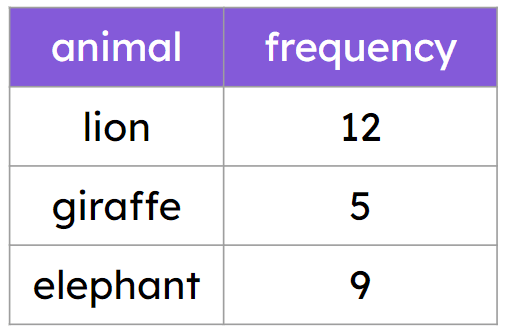
Q4.What is the probability that this spinner lands on 'B'?
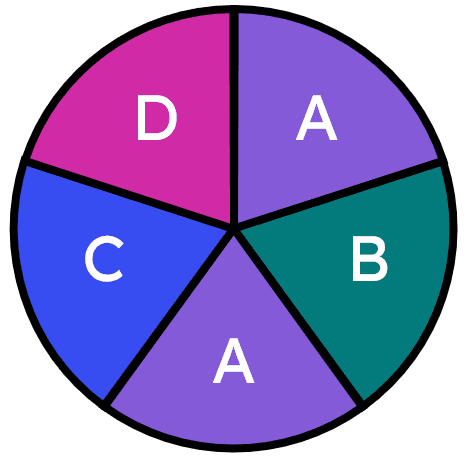
Q5.What is the probability that this spinner lands on 'A'?

Q6.A regular six sided dice is rolled. What is the probability of rolling a 5?
Assessment exit quiz
6 Questions
Q1.The table shows data about the number of animals in a zoo. An animal is selected at random. Which animal has a probability of $${5}\over{26}$$ of being chosen?

Q2.A group of people were surveyed and asked which of the three places they last visited. A participant in the survey is then chosen at random. What is the probability that they responded 'museum'?
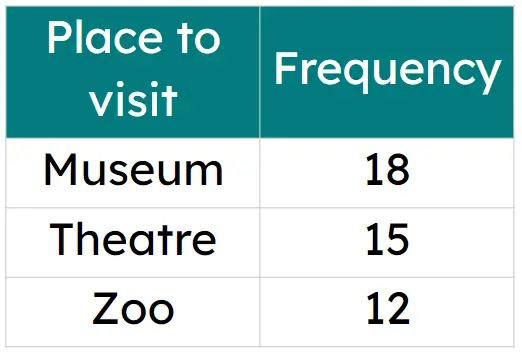
Q3.The tally chart shows the number of cars in a car park of each colour. A car is chosen at random from the car park. What is the probability that it is blue?
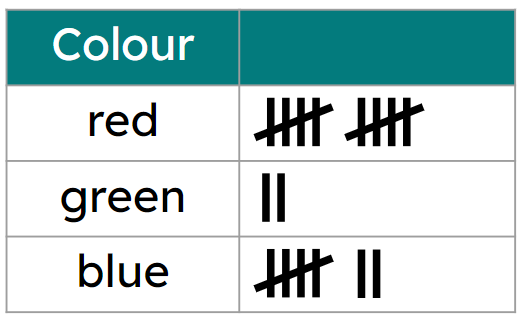
Q4.The table shows the possible outcomes when drawing from a deck of numbered cards. All of the outcomes are equally likely. What is the probability that the card picked is odd?
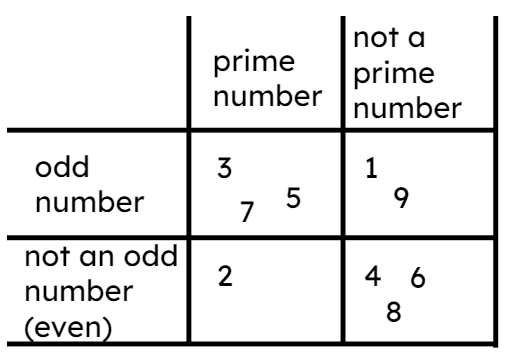
Q5.The table shows the possible outcomes when drawing from a deck of numbered cards. All of the outcomes are equally likely. What is the probability that the card picked is prime?

Q6.The table shows the possible outcomes when drawing from a deck of numbered cards. All of the outcomes are equally likely. What is the probability that the card picked is an odd prime?


